12 Household Things That Add Clutter, Not Value
Many of us collect household items over time, convinced they are essential for daily living. However, some of these items take up valuable space and are often unnecessary. By swapping out a few of these things for more efficient alternatives, you can declutter your home, save money, and simplify your life. In this article, we’ll explore common household items that you might not really need, helping you make smarter choices for a more organized, functional home.
This post may contain affiliate links, which helps keep this content free. Please read our disclosure for more info.
Clothes Drying Rack
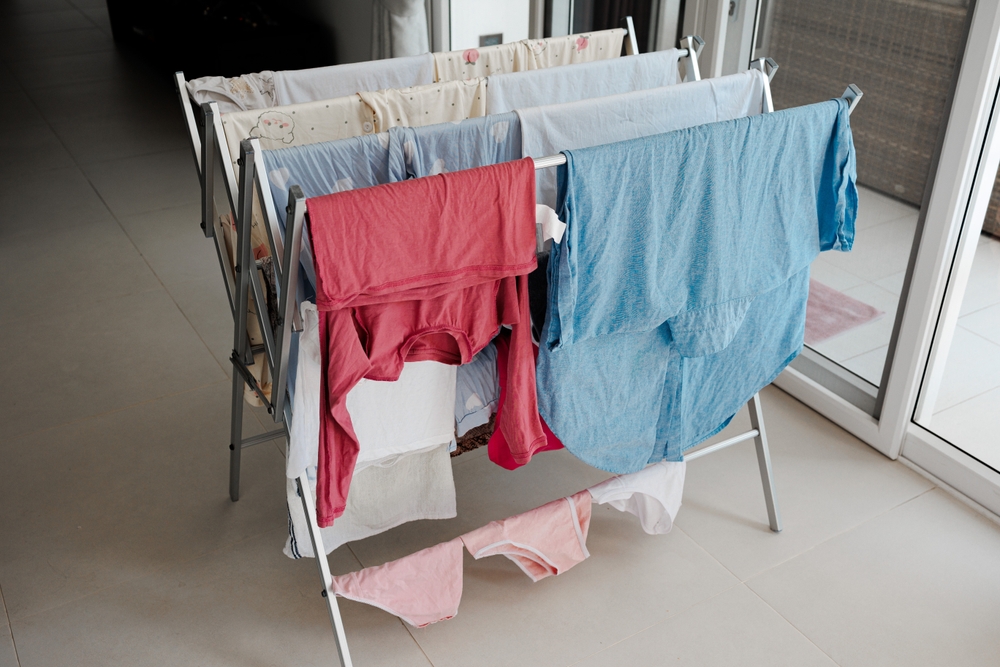
Clothes drying racks are often used as an alternative to dryers, but they tend to take up valuable space in the home. They can become cumbersome when not in use, especially in smaller spaces where every inch counts. While they may seem like a cost-effective solution, they do little to optimize your living area and are often left cluttering a corner. Modern dryers, on the other hand, are designed to be more energy-efficient and faster than ever, making the need for a drying rack unnecessary for many households.
Furthermore, drying racks require frequent maintenance, as they often get loaded with damp clothes and can cause a humid environment indoors. For those who do not mind spending a little extra energy, a quick drying cycle in a tumble dryer might save both space and time. Instead of investing in a drying rack, look for alternative storage and drying solutions that maximize space without cluttering your home.
Food Processor
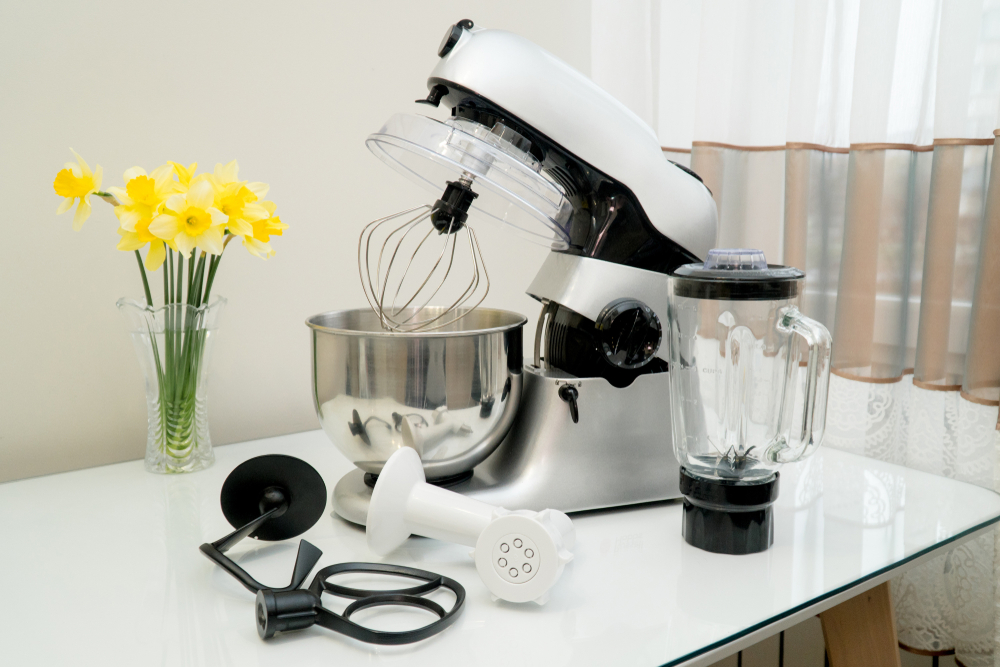
Food processors are often seen as a must-have appliance for chopping, slicing, or pureeing ingredients, but they can be bulky and unnecessary for many households. A high-quality knife, blender, or even a hand-held mixer can do most of the jobs a food processor is designed for, without taking up counter space. In fact, many people find that their food processor collects dust after the initial excitement wears off.
Instead of investing in a food processor, consider streamlining your kitchen gadgets with multi-purpose tools that can handle various tasks. A sharp knife, mandolin slicer, or a good blender can replace a food processor for many common cooking tasks. By simplifying your kitchen tools, you’ll free up valuable counter and storage space.
Paper Towels
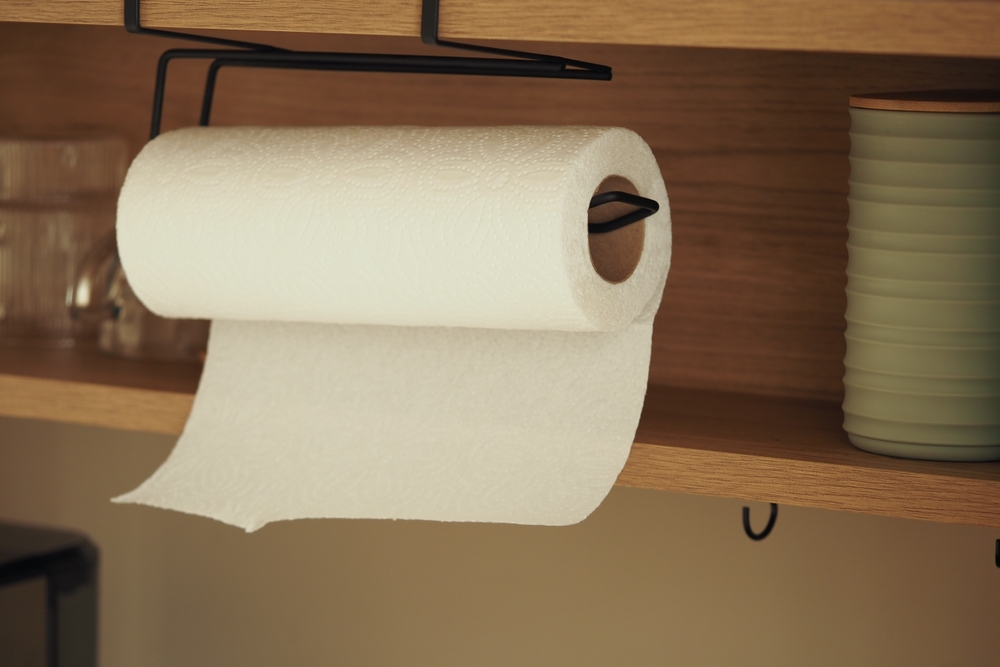
Paper towels are a common item in households, but they are also a huge contributor to waste. Most people use paper towels without a second thought, whether it’s for wiping down surfaces, cleaning spills, or drying hands. However, the convenience they offer comes at a high environmental cost, as paper towels are often used once and then discarded. Replacing paper towels with reusable cloth towels or microfiber cloths can do the job just as well and help reduce waste.
Additionally, using reusable cloths or towels can be much more economical over time. Instead of buying rolls of paper towels regularly, you can use a set of washable towels that can be used repeatedly. Simply store them in a convenient spot, and you’ll not only save money but also contribute to reducing your household’s waste footprint.
Soda Stream or Soda Maker
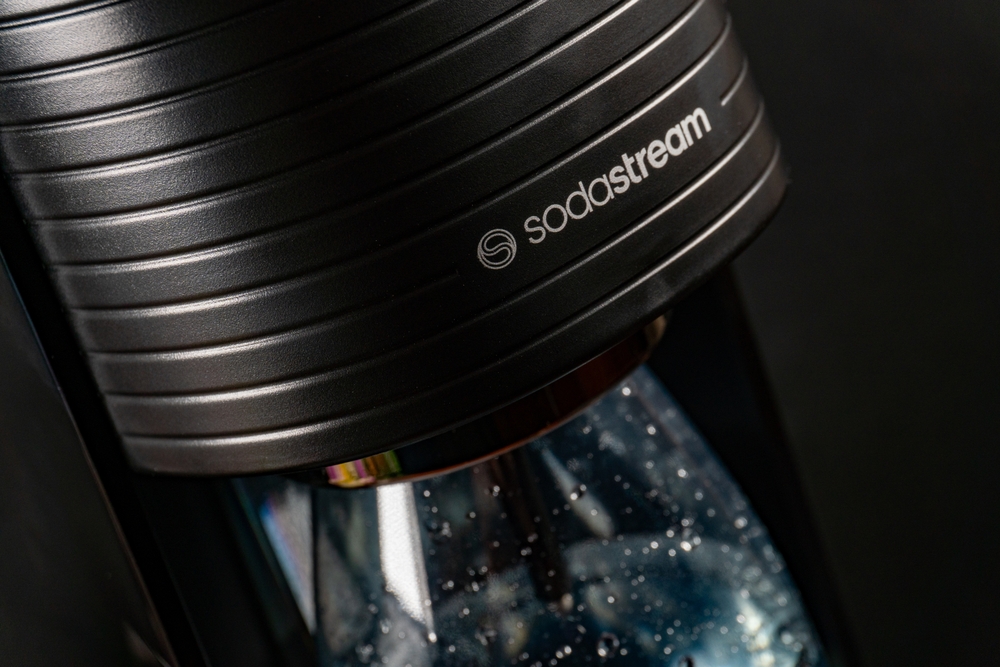
A soda maker, such as a SodaStream, can seem appealing for making fizzy drinks at home, but it’s often more hassle than it’s worth. The initial investment and ongoing purchase of CO2 canisters, along with the need to regularly clean the machine, can add up in terms of both time and money. For many people, the novelty of making homemade soda wears off after a while, leaving the appliance gathering dust on a counter.
Instead of using a soda maker, you can buy carbonated water or sparkling water in bulk, which is often cheaper and more convenient. Many people who initially enjoy making their own soda with a soda maker end up sticking with pre-bought drinks. Cutting out the middleman and opting for store-bought alternatives saves space and money while still giving you the same bubbly experience.
Dedicated Ice Cream Scoop

An ice cream scoop is a small tool meant for serving ice cream, but it often isn’t necessary in most kitchens. If you already have a spoon or a dessert spoon in your kitchen, a dedicated scoop can easily be replaced by what you already have. Although scoops may seem like a convenient way to serve ice cream, they often require storage space and are one-function tools that serve little purpose beyond serving dessert.
Instead of adding a scoop to your utensil drawer, try using what you already have. A spoon or dessert fork works just as effectively for scooping and serving ice cream. Plus, by using a utensil you already own, you free up space for items you will use more frequently.
Shower Caddy
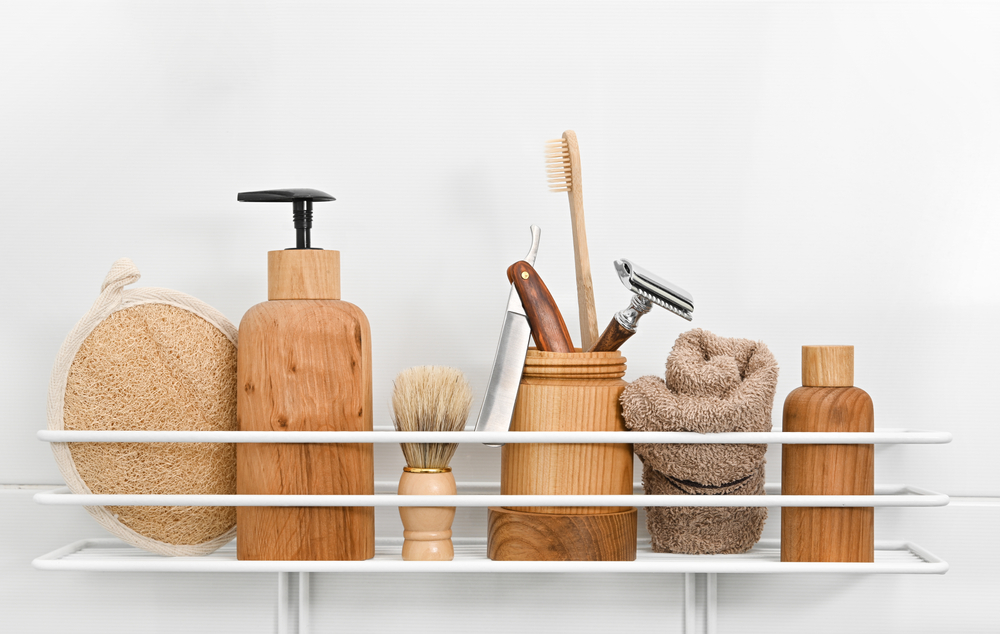
Shower caddies are a common solution for organizing shower products, but they can become more trouble than they’re worth. Over time, they can fill up with empty or half-used bottles and can start to look cluttered. They also take up valuable space in the shower, especially in smaller bathrooms. Instead, you can use built-in shelves or simple organizing methods like hanging baskets or wall hooks to store your products without relying on a bulky caddy.
In addition, a shower caddy often requires regular cleaning, as products can spill or leak inside, causing sticky buildup. Reducing clutter by choosing simple, practical alternatives for organization will create a cleaner, more functional bathroom without adding unnecessary items. Minimalist solutions often work best for small spaces, and eliminating the caddy can help you achieve a more streamlined shower area.
Electric Can Opener
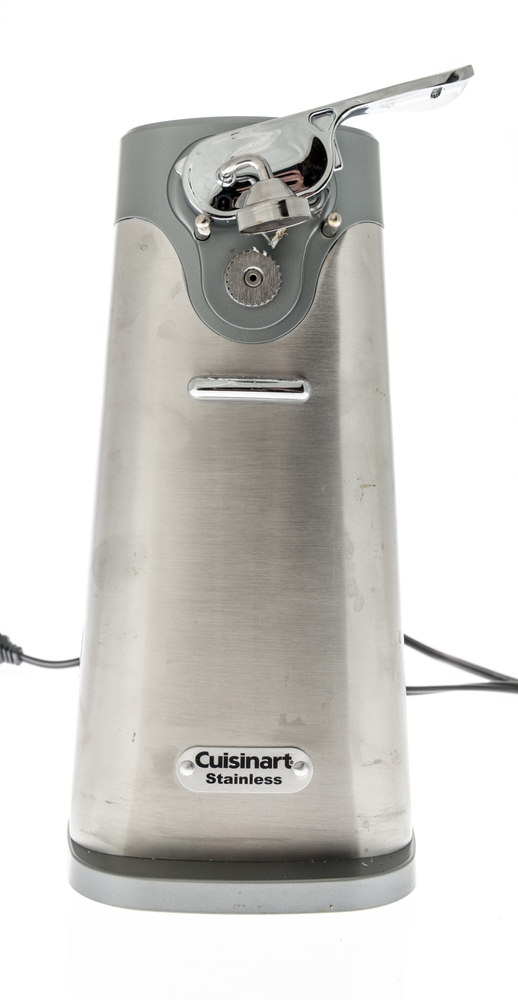
Electric can openers are marketed as a more convenient way to open cans, but they often add unnecessary complexity to your kitchen setup. These appliances tend to be bulky, taking up precious counter space and requiring an outlet, which can make them a hassle to use. In many cases, a simple manual can opener does the job just as effectively without the need for electricity or storage space.
In addition, electric can openers are more prone to breakdowns, and they require cleaning after every use. Rather than adding another gadget to your kitchen, consider using a manual can opener that takes up less space and requires no extra maintenance. A sturdy, traditional can opener can accomplish the same task, saving both money and space in the long run.
Egg Separator

Egg separators are a specialty kitchen tool often used to separate the yolk from the egg white, but they are unnecessary in most households. The process of separating eggs can easily be done with a spoon or even by using the eggshell itself. A dedicated egg separator only serves one purpose and takes up valuable drawer space, while a more straightforward method requires no extra tools.
By simply cracking the egg into a bowl and using the shell to transfer the yolk back and forth, you can separate the eggs quickly and without the need for an extra gadget. Not only will this save space in your kitchen, but it will also eliminate the need for additional items that clutter your drawers. Reusable, practical methods work just as well and often involve using tools you already own.
Juicer

A juicer might seem like a convenient appliance for fresh juice, but it often becomes an unnecessary item in many kitchens. They are bulky, difficult to clean, and often used only occasionally. For most households, a blender can do the job just as well, making fresh juices or smoothies without the need for a separate machine. You can even use a simple citrus reamer or hand press for making fresh juice when needed.
Instead of dedicating space to a juicer, consider investing in a high-quality blender that can handle multiple tasks like juicing, pureeing, and blending. Blenders are versatile and take up far less space than a juicer, and they can be used for a wider range of recipes. By making the switch, you’ll save space, money, and cleaning time.
Single-Serve Coffee Maker
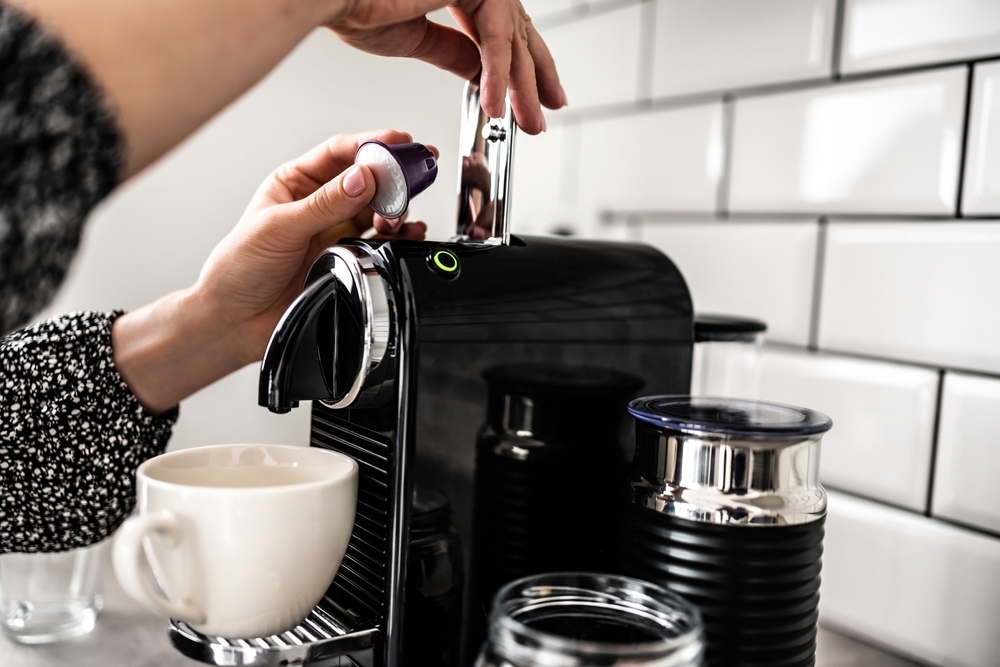
Single-serve coffee makers, like Keurigs, are marketed for their convenience, but they can quickly become costly and wasteful. The single-use coffee pods are not only expensive but also generate a significant amount of plastic waste. A traditional drip coffee maker or French press can provide the same quality of coffee, with less expense and no need for disposable pods.
Switching to a drip coffee maker or manual brewing method gives you more control over your coffee and allows you to brew larger quantities without the hassle of replacing pods. If you’re concerned about time, modern coffee makers brew quickly and are easy to clean, eliminating the need for a single-serve machine. You’ll save money and reduce waste while still enjoying great coffee.
Towel Warmer
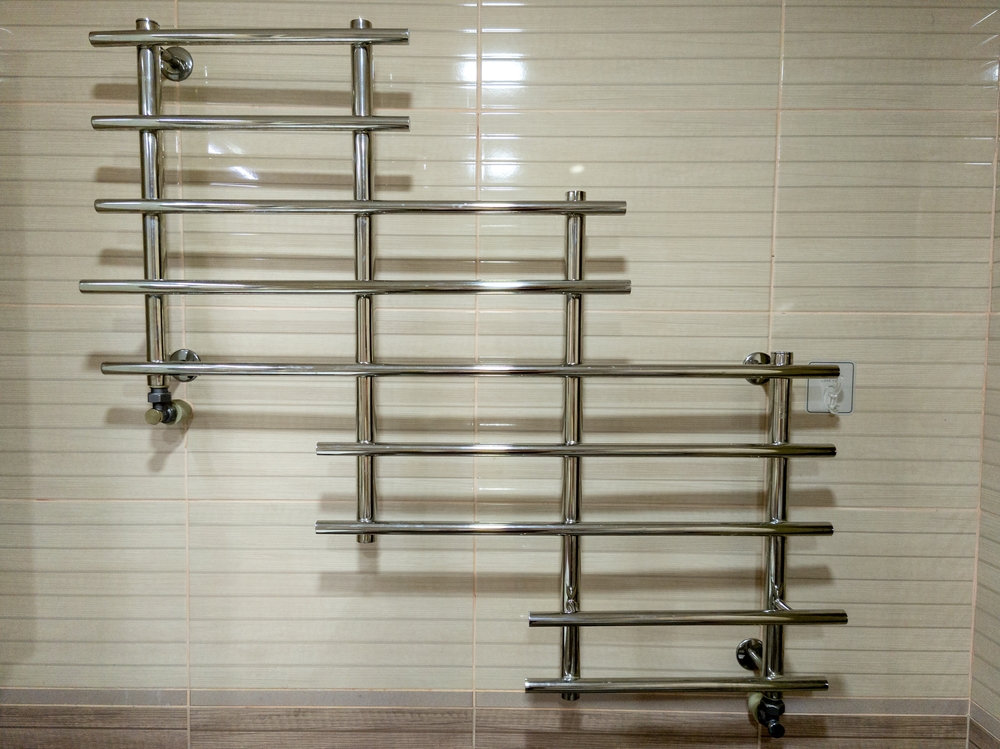
Towel warmers are a luxurious addition to a bathroom, but they’re rarely necessary. Most households don’t need a dedicated appliance to warm towels, especially since this can be easily achieved with a dryer or radiator. Towels can be warmed by placing them in the dryer for a few minutes or by simply using the heat from the bathroom itself.
If you enjoy the comfort of warm towels, it’s better to rely on methods that take up less space and cost less. A simple heated towel rack or even placing your towels near a radiator can provide the same experience. Eliminating the towel warmer frees up space and reduces your reliance on extra appliances.
Meat Tenderizer
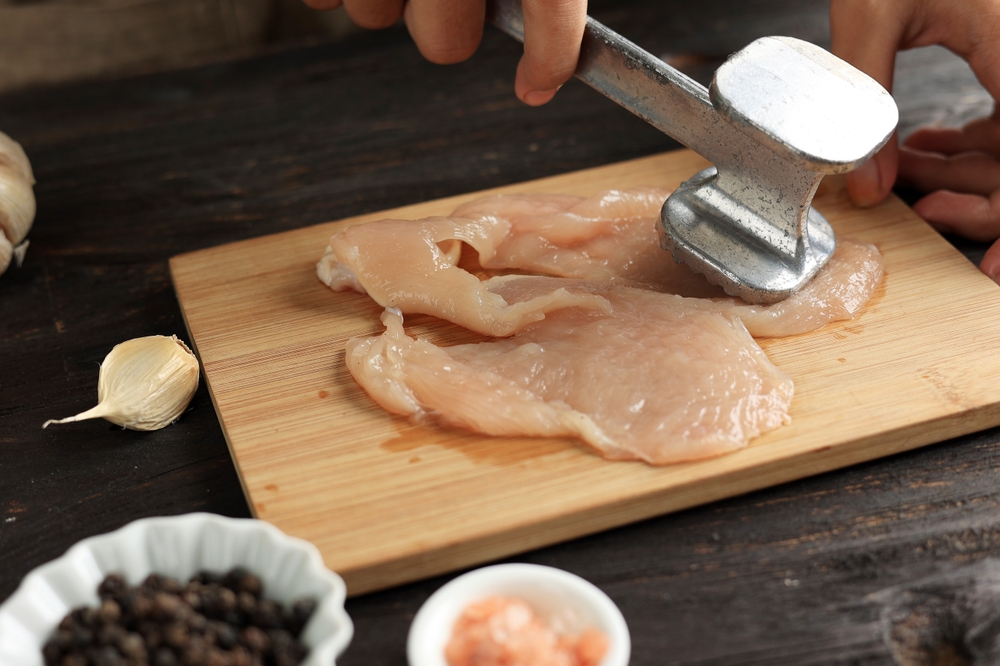
A meat tenderizer is often purchased with the idea of making tougher cuts of meat easier to chew, but it’s a tool that most kitchens can do without. Instead of relying on a specialized tool, many meats can be tenderized naturally through marinades or slow cooking methods. Ingredients like vinegar, citrus, or yogurt can help break down meat fibers without the need for an additional appliance.
Rather than using a dedicated meat tenderizer, simply incorporate tenderizing techniques into your cooking routine. Using marinades or cooking methods like braising or slow roasting can achieve the same results without cluttering your kitchen with single-use tools. This not only saves space but also makes your cooking process more efficient.
This article originally appeared on Avocadu.
